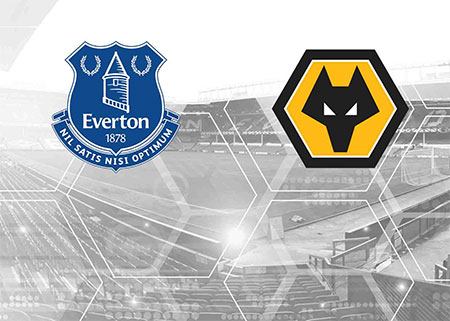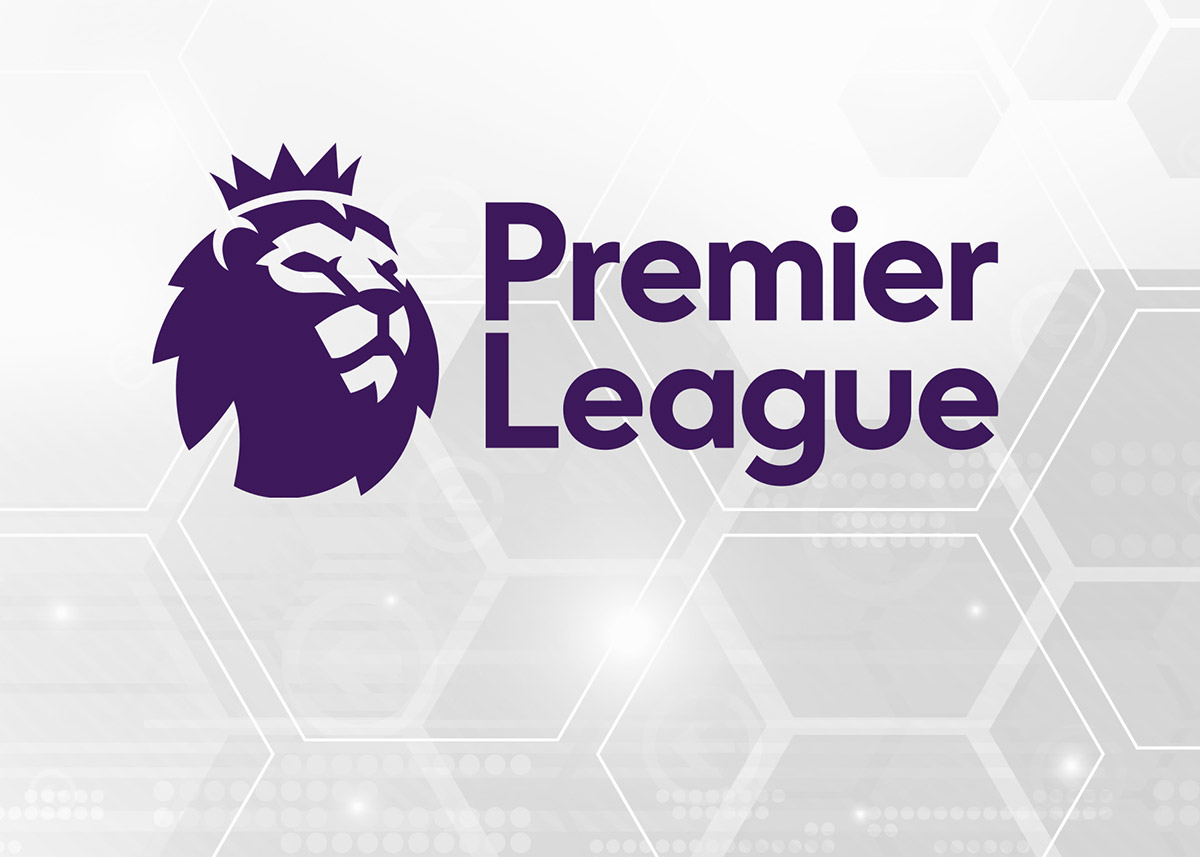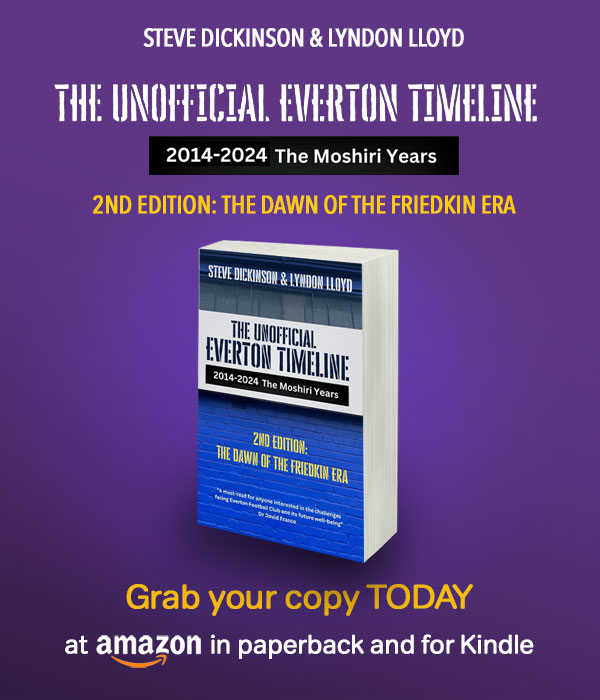Everton Stadium Development Limited and possible funding solution?
To complete the analysis of Everton Football Club Company Limited's Annual Report and Accounts for 2021-22, there is now sufficient activity within Everton Stadium Development Limited to warrant its own analysis. This article also includes details of how the stadium has been funded and how it may be funded in the future.
Everton Stadium Development Limited (ESDL) is a wholly owned subsidiary of Everton Football Club Company Limited (the Group). The sole purpose of the company is to “act as a development vehicle for future group activities in relation to the new stadium project”.
The current directors of the company are Bill Kenwright, Denise Barrett-Baxendale and Grant Ingles.
Results
Whilst the balance sheet is probably of more interest, in the first instance, let’s look at the results. Obviously at this stage of the stadium development, the company generates no income, therefore all expenses drop straight to the bottom line.
The company incurred operating expenses of £926k and accumulated interest charges on its debt of £20.74 million, giving an annual loss of £21.67 million for the year ending 30 June 2022.
The interest charges of £20.74 million relates entirely to the interest and facility fees incurred on borrowings by the parent company, Everton Football Club Company Limited in relation to the development of the new stadium.
It is worth noting that the interest charge for 2021-22 was not something that the company incurred in the previous period 2020-21 despite having an outstanding debt of £56.2 million as of 30 June 2021.
The creation of losses through the charging of interest creates deferred tax assets, which allow in the future, deductions against future profits (assuming there will be sufficient taxable profit). This may benefit existing and future shareholders in the company.
Balance sheet
A company’s balance sheet displays the company’s total assets and how the assets are financed, either through debt or equity. In the case of ESDL the assets are the value of the stadium development at the end of the year, debtors and cash in the bank.
The value of the stadium is calculated by the cost of the development at the end of the year. In 2020-21, that was £20.3 million and had increased to £168.4 million by 30 June 2022. Until the stadium is completed, this asset will not attract any depreciation.
The current assets are debtors £54.5 million and cash £56,400. Included in debtors is advanced payments of £52.75 million to the main contractor, Laing O’Rourke.
ESDL’s creditors (people they owe money to) include trade creditors, amounts owed to the parent company, VAT, PAYE and accruals. In total, that amounts to £283 million of which £280.9 million is owed to Everton Football Club Company Limited.
The funding of the stadium
To the date of the accounts and indeed to the date of this article, ESDL funding has been provided wholly by the parent company, Everton Football Club Company Limited (the Group). The Group has provided funding through the support of the majority shareholder, Farhad Moshiri and its own credit facilities (predominantly Rights and Media Funding). Farhad Moshiri’s shareholder loans (provided by BlueSky Capital) are non-interest bearing. Rights and Media Funding charge “market rates”.
To the date of the accounts (30 June 2022), the amount borrowed (including interest) stood at £280.9 million (30 June 2021 £56.2 million). This amount will have increased further through the period to present day.
Since the start of the accounting period (30 June 2021) to the signing of the accounts (27 February 2023), Farhad Moshiri provided Everton Football Club Company with an additional £300 million of funding.
So, how about future funding?
The auditor and director reports carry the same dire warning of the impact of relegation and the need for more funding from the majority shareholder in the event of relegation. I covered the material uncertainty in detail in Part II. However, regardless of relegation, an estimated £300 million of funding is still to be found for the stadium development.
Both sets of accounts (and much media speculation) point to the prospect of third-party investment in the near future for both the stadium and potentially the parent company regardless of our league status at the end of May. They, of course, point to there being no certainty as to the outcome of such. They point to Moshiri’s continued support albeit with no contractual or legal obligation to do so in the event of no new funding.
There has been much speculation as to investors such as MSP or 777 becoming equity holders in the Group. This to me seems an unlikely way of funding the stadium.
Since the turn of the decade, two banks – JP Morgan and Mitsubishi Bank –have been seeking investors for Everton’s stadium project via the private placement market (in a similar manner to how Tottenham Hotspur funded their stadium). However, partially because of market conditions but also concerns as to the management capabilities of Everton Football Club, this route to funding has remained stubbornly closed to Everton.
MSP appear to be the major interested party, and it is thought they are close to concluding a deal to assist in the funding of the stadium. It is thought that this support would be in the order of £100 million. Although no details are in the public domain, it is thought that this deal would be a debt deal – debt that attracts interest and is repayable over an agreed period. In addition, MSP would have warrants which would permit them an equity stake at some point in the future – a fairly standard form of funding.
Where would the funding sit?
What is interesting is where the investment would be made. Would it be made in the parent company or directly into ESDL?
I am going to speculate that the funding would go directly into ESDL – it makes more sense for MSP or any other investment group and secures the investment for the purposes of the stadium development. It also potentially gives future minority ownership of the stadium at a future date (when the warrants are exercised).
In addition, the funder would get board representation – one assumes on the board of ESDL rather than the Group board. In addition to board representation, they would, within the funding agreement, have agreed a number of financial controls – reserved matters in other words – whereby they can control expenditure and/or other borrowings.
I believe funding of this nature would then also open up the market JP Morgan and Mitsubishi Bank have been trying to tap. This would allow the up to (estimated) £200 million to be financed through long-term loans at fixed rates of interest. Whilst considerably more expensive than when Tottenham achieved their stadium funding (market conditions and a different credit risk profile), all things going well, would provide the funding for the stadium.
On the face of it, investment as described by MSP or others and then the tapping of the private placement market would resolve one of Moshiri’s major problems: how to complete the stadium financing whilst running a loss-making football club, whilst being reluctant or unable (perhaps?) to fund it himself.
It comes at a cost – a significant rise in financing costs and potential equity dilution of the Group company or (as I hypothesize) the stadium company itself. It doesn’t solve his other problems, an under-performing football team, the potential (still) threat of relegation, the broken relationship with the board among the myriad of leadership issues surrounding him, the board and the existing management team. Those issues need addressing urgently.
Eventually providing funding for the stadium doesn’t diminish the scale of Moshiri's other problems, not least the need to make urgent changes in the leadership of Everton Football Club.
Reader Comments (13)
Note: the following content is not moderated or vetted by the site owners at the time of submission. Comments are the responsibility of the poster. Disclaimer ()
2 Posted 21/04/2023 at 08:33:00
A Chairman who is the very affama of success and a self serving abuser of Evertonians.
A Chief Executive that will never be one and invented a Permanent Strategic Plan and reviewed part of it, though noone has ever heard of such a thing
A Financial Director whose monitored Management Accounts were a over estimate of the Audited end of year financial accounts
A Director who is a sheep and whatever other derogatory word you want to call him.
Why when everything points to the need for change and the appointment of Corporate recovery experts, that Moshiri has not acted is beyond reason.Especially when compared to the Management of the Stadium.
Actually I would even consider asking the Executive Management of the Stadium to take over running the Club, aleast they would know something about Management and Communications. They would turn up on Match Days for sure, which would be basic good manners to start with.As my mother always said basic good manners go a long way.
3 Posted 21/04/2023 at 08:51:37
4 Posted 21/04/2023 at 09:07:41
I won't tell you how much my current west London home cost, but I didn't have the money in the bank.
Loans and mortgages. That's life as Esther Rantzen used to say.
I don't claim to know business too well, But it is mostly based on loans, mortgages and the never never.
5 Posted 21/04/2023 at 10:06:08
We will have a great stadium, but where's the fucking lifeboats?
Loans and mortgages Danny, are the two things that have helped Bill Kenwright get very rich, whilst bringing Everton to its knees.
6 Posted 21/04/2023 at 10:54:07
7 Posted 21/04/2023 at 11:08:26
8 Posted 21/04/2023 at 11:08:42
P&S has nothing to do with levels of debt, it only relates to income and expenditure for wages, transfer fees etc and the cost of the stadium is separate from the day-to-day running costs.
The higher the income of a club the more able and likely it is to be within the limits set by the Premier League e.g. if a club has £300m earnings over three years and spends £400m in that period it show a loss of £100m but will satisfy P&S rules. On the other hand if a club has £300m in earnings and spends £405m it will show a loss of £105m therefore triggering a closer look by the Premier League.
Everton has lost more than £105m in the three years up to and including the latest published set of accounts, therefore they are in breach of the rules, but will and have argued that there are mitigating circumstances surrounding those losses, which the Independent panel will assess when it sits.
9 Posted 21/04/2023 at 11:19:16
We were supposed to been 'co-operating, under supervision' so either we've been less than truthful or they've moved the goalposts and we're now being lined up as a sacrifice, because we're big enough to are an example of - but small enough not real.y matter.
Thus forestalling 'the authorities' looking too closely into the whole of the Premier Leagues 'governance'...especially City and the other rich and nouveau rich clubs.
10 Posted 21/04/2023 at 11:44:37
This poor management resulted in clubs like Leeds having more revenue income than us. Unforgivable.
You cannot compete without capitalizing on potential income, without that base you cannot pay high wages, compete with transfer levels etc.. the incompetence of Kenwright and company set the club up for catastrophic failure, the fact Moshiri kept him in place is staggering. Was he conned?
11 Posted 21/04/2023 at 22:19:30
"Was he conned?"...absolutely not!
Moshiri felt that the route to success lay in appointing the right manager and backing them with cash. The Board weren't important...hence the 5% of my time cry
He heard what he wanted.
12 Posted 22/04/2023 at 10:10:04
13 Posted 22/04/2023 at 13:04:43
So, if we were relegated, would it send us into financial oblivion? Then what? Administration? Dumped to the 4th tier? Removal of the board?
Add Your Comments
In order to post a comment, you need to be logged in as a registered user of the site.
Or Sign up as a ToffeeWeb Member — it's free, takes just a few minutes and will allow you to post your comments on articles and Talking Points submissions across the site.
How to get rid of these ads and support TW











1 Posted 21/04/2023 at 04:27:46
This to me is a key failing / block to any investment. Once the stadium is built there will be little need or have little influence, of the ESDL. But whoever funds will want a seat or two on the main board as a prerequisite.
This is especially relevant if there is inward investment in the club as well as the stadium enterprise. Investment in the stadium will also dilute the value of the corporate shares unless Moshiri does not dilute but trades off shares to the value of the investment, thus reducing his shareholding.
It feels like the club ownership is actually irrelevant to the ownership of the stadium or inward investment. But I cannot see the scenario whereby the investment is purely stadium focused, from either the club or the investor perspective. It has to benefit the club not just Moshiri.